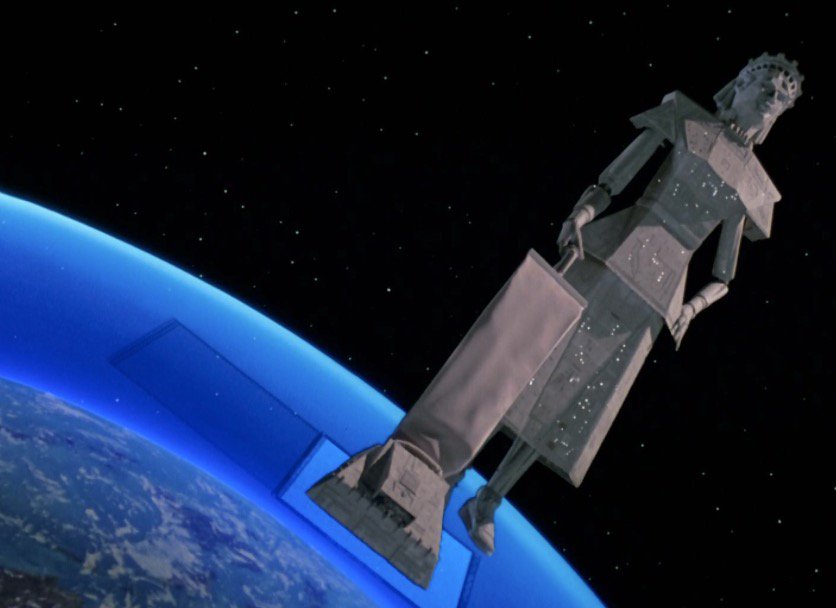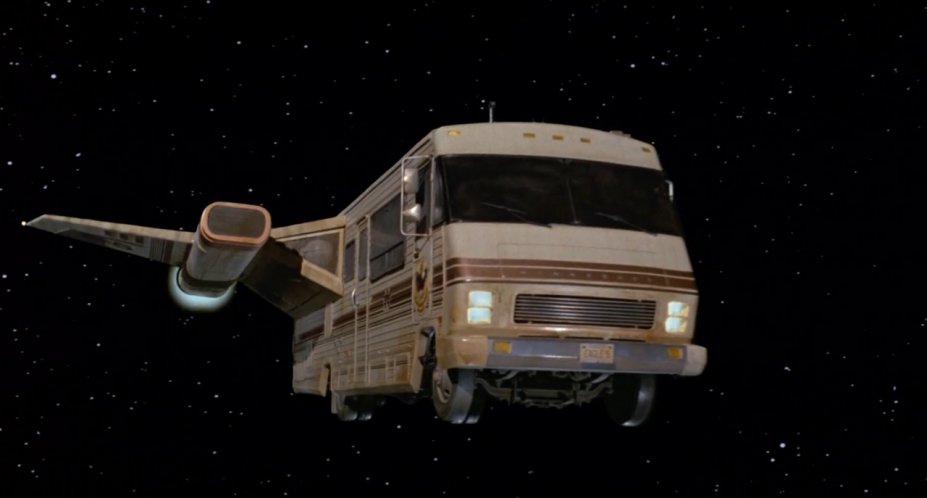Basing this around this concept art picture I've seen floating around the webz for some time. I've no idea if it's official/real or random fan art.

I'm no expert in evolutionary biology and the likes so I've been thinking, how likely would it be for hive-mind "insects" to evolve into a space faring species? What effects would such evolution have on their anatomy, physiology and such? How would their biomechanics define/affect the design language of their tools, vehicles, ships and so on? What would their cities look like? Do they have cities as such? What means of transport they used before space travel? Would they even need to travel, all being one mind, thus everyone being everywhere, what purpose would traveling serve? No need to visit in-laws.. Being a hive-mind, would they wear clothes/accessories to indicate their place in society? Would they have any kind of culture - arts, crafts, music, fashion, popular?
And to backtrack a little, what kind of conditions should the Thargoid homeworld have to even support man-sized insects? If they are indeed insectoids of some kind. Then again it's said that they "are experts in bioengineering, so they may have augmented their own biology to a point where natural evolutionary processes are meaningless." In that light, the above picture would be way off as they'd probably resemble a machine more than anything organic and that basically renders this whole post moot. But I'll keep it because I'm typing this little paragraph after I typed everything else, lol.
But hey, we can discuss and speculate what would make scientifically feasible alien species in general. Not just Thargoids.
Anyway, one attribute that's been credited for human race's advance from tree branches to where we are now is our hand. More precisely, the fact that we can touch our pinkies with our thumbs, something no other primate can do, allowing the use of fine motor skills required to do small movements, pick up and hold small things, handle tools and do any kind of precision work. Looking at the picture above, I think dude with appendages like that isn't going to build anything too complicated anytime soon. The stance lacks intelligence, too. Just slouching on its four legs, hands hanging limp. Not poised at all (that of course could be on the artist for not putting effort to pose his/her creation). But still, imagine that dude working in a lab, doing RNA splicing or some such. Doesn't really cut it, does it? Speaking of laboratories. What about computers? Would hive-mind race even need them or would they just store everything in their collective mind.
It's actually the one thing that irks me in scifi games and movies. The weird looking alien species just for the sake of looking weird. All kinds of spikes and tentacles sticking out of their bodies and what not, yet none of it seem to serve any purpose other than to look alien. But then for some reason, no matter how tentacly and blobby the alien in question is, all their equipment, weapons and spacecrafts somehow seem to be designed to be operated by a two legged, two armed hominid with five digits in each appendage. How peculiar.
Anyway, I'd imagine their evolution would work the same as ours and remove features that are no longer needed. Insectoid races would probably lose chitin in their exoskeletons over time after learning they could make their own and wear them for even more protection and so on. Basically, the more advanced the race, the less features their bodies would have. At least that would be my uneducated logic.

I'm no expert in evolutionary biology and the likes so I've been thinking, how likely would it be for hive-mind "insects" to evolve into a space faring species? What effects would such evolution have on their anatomy, physiology and such? How would their biomechanics define/affect the design language of their tools, vehicles, ships and so on? What would their cities look like? Do they have cities as such? What means of transport they used before space travel? Would they even need to travel, all being one mind, thus everyone being everywhere, what purpose would traveling serve? No need to visit in-laws.. Being a hive-mind, would they wear clothes/accessories to indicate their place in society? Would they have any kind of culture - arts, crafts, music, fashion, popular?
And to backtrack a little, what kind of conditions should the Thargoid homeworld have to even support man-sized insects? If they are indeed insectoids of some kind. Then again it's said that they "are experts in bioengineering, so they may have augmented their own biology to a point where natural evolutionary processes are meaningless." In that light, the above picture would be way off as they'd probably resemble a machine more than anything organic and that basically renders this whole post moot. But I'll keep it because I'm typing this little paragraph after I typed everything else, lol.
But hey, we can discuss and speculate what would make scientifically feasible alien species in general. Not just Thargoids.
Anyway, one attribute that's been credited for human race's advance from tree branches to where we are now is our hand. More precisely, the fact that we can touch our pinkies with our thumbs, something no other primate can do, allowing the use of fine motor skills required to do small movements, pick up and hold small things, handle tools and do any kind of precision work. Looking at the picture above, I think dude with appendages like that isn't going to build anything too complicated anytime soon. The stance lacks intelligence, too. Just slouching on its four legs, hands hanging limp. Not poised at all (that of course could be on the artist for not putting effort to pose his/her creation). But still, imagine that dude working in a lab, doing RNA splicing or some such. Doesn't really cut it, does it? Speaking of laboratories. What about computers? Would hive-mind race even need them or would they just store everything in their collective mind.
It's actually the one thing that irks me in scifi games and movies. The weird looking alien species just for the sake of looking weird. All kinds of spikes and tentacles sticking out of their bodies and what not, yet none of it seem to serve any purpose other than to look alien. But then for some reason, no matter how tentacly and blobby the alien in question is, all their equipment, weapons and spacecrafts somehow seem to be designed to be operated by a two legged, two armed hominid with five digits in each appendage. How peculiar.
Anyway, I'd imagine their evolution would work the same as ours and remove features that are no longer needed. Insectoid races would probably lose chitin in their exoskeletons over time after learning they could make their own and wear them for even more protection and so on. Basically, the more advanced the race, the less features their bodies would have. At least that would be my uneducated logic.



